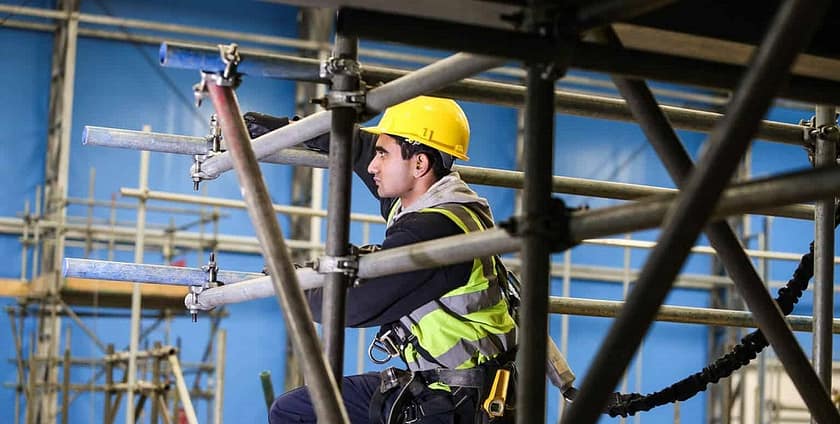
In the construction world, safety isn’t something you check off a list — it’s something you build into every stage of a project. When a scaffold collapses, it’s not usually due to one isolated event. It’s the result of a chain of oversights: poor planning, overlooked stress points, or skipped inspections. These aren’t random failures — they’re warning signs that something fundamental was missed.
At Prime Scaffold NYC, we don’t wait for problems to reveal themselves. With over ten years of experience building and maintaining scaffolding systems across New York City, our approach is to engineer, inspect, and train in ways that leave no room for error. This guide breaks down the strategies we use to keep every structure standing strong — from the Bronx to Brooklyn.
What Really Causes Scaffold Failures?
After working on hundreds of sites, we’ve identified a clear pattern: most collapses can be traced back to a handful of common issues. Understanding these risk points is the first step to preventing them.
Overloading the Structure
Even well-built scaffolds can fail if they’re forced to bear more weight than intended. This often happens when materials are stacked unevenly or equipment is left where it shouldn’t be. Over time, this stress adds up — and one weak point can compromise the whole frame.
Incorrect Assembly
A single misplaced coupler or skipped brace can destabilize the entire scaffold. Some teams rush through the assembly phase, which increases the chance of small mistakes becoming big problems. Every part has to be locked, level, and secure — no shortcuts.
Weak or Uneven Ground Support
The scaffold may be solid, but if it’s placed on cracked pavement, loose soil, or an unreinforced surface, it can shift or sink unexpectedly. Ground conditions are often overlooked but play a major role in overall stability.
Missing Anchors and Tie-Ins
Ties are what connect the scaffold to the structure it’s built against. If they’re spaced too far apart or missing entirely the scaffold loses its lateral support. Without these connections, even a light breeze or shifting weight can knock it off balance.
Lack of Training and Oversight
Even the best equipment can’t make up for a poorly trained crew. If workers don’t know how to spot weaknesses or follow safe loading practices, the scaffold becomes a hazard. Mistakes during assembly or use are often the final straw in a chain of preventable errors.
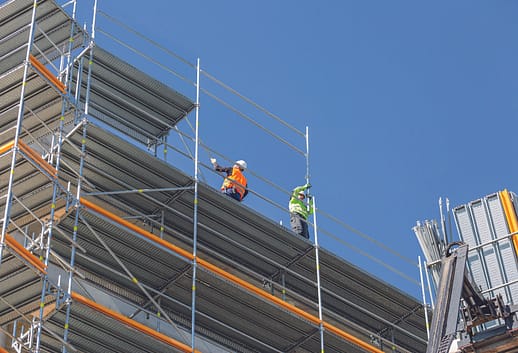
prime scaffold
Our Five-Layered Safety System
At Prime Scaffold NYC, we use a multi-layered approach to eliminate risk at every step of the process. This system is built on engineering, oversight, technology, and a strong safety culture.
Design That Anticipates Risk
Before anything goes up on-site, we build it digitally. Our team uses CAD software to model the entire scaffold layout — accounting for building geometry, material weight, and crew movement. We design for real-world stress: wind, vibrations, load shifts, and weather.
We review:
- Type of work (facade repair, window installation, restoration)
- Weight distribution across platforms
- Tie-in locations based on building access
- Bracing structure for height and expected pressure
Each design is adjusted to suit the exact needs of the project. We don’t reuse old models — every site gets its own engineered solution.
Installation You Can Trust
Once on-site, our certified installers follow a project-specific assembly sequence. Each step is reviewed and signed off by a supervisor. No scaffold section is put into use until it’s fully inspected.
Checks include:
- Proper alignment of vertical and horizontal elements
- Locking of all couplers and base plates
- Placement of base pads and leveling gear
- Reinforcement of corners, joints, and platforms
This process may take more time — but it’s what keeps our scaffolds reliable under pressure.
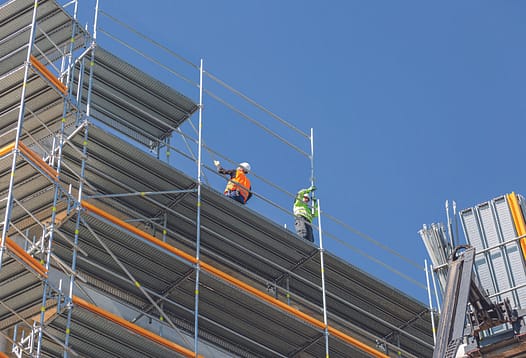
prime scaffold
Real-Time Load Monitoring
We install load sensors in key locations — especially on high-traffic scaffolds. These devices alert us if weight exceeds safe limits or if a shift occurs suddenly. This allows site leaders to act immediately before a dangerous imbalance forms.
With load data feeding into our digital dashboard, we can:
- Track usage across time
- Detect early signs of overuse or strain
- Create safer delivery schedules
- Improve material staging
This system adds an extra layer of safety that many competitors don’t offer — and our clients appreciate the peace of mind.
Routine Inspections Every Day, No Exceptions
Scaffolds are inspected twice daily: once before use and again after work ends. These inspections cover:
- Structural alignment
- Tightness of all couplings
- Platform surface conditions
- Fall protection hardware
- Guardrail and ladder placement
Each scaffold has a visible QR code, which links to a digital checklist. Every inspection is logged and timestamped, with photos when needed. These logs serve as a paper trail for internal audits and client assurance.
Safety Through Training
Our crews don’t just assemble scaffolds — they’re trained to see risk before it escalates. Every team member undergoes ongoing training to:
- Safely load and unload materials
- Use fall protection correctly
- Identify signs of strain or fatigue in the structure
- Report issues before they become hazards
We also conduct emergency drills on larger projects, ensuring crews know what to do if a scaffold becomes unstable or needs to be taken down quickly.
Real Case – Fast Response Prevents Collapse
- Location: Bronx
- Project: Exterior renovation on a historic building
- Challenge: After hours, heavy equipment was mistakenly placed on an upper-level platform.
- Detection: Our installed sensor triggered an alert that the scaffold was nearing its load threshold.
- Response: The on-call supervisor was notified and dispatched a team to redistribute the load and add temporary bracing.
- Outcome: No damage, no injuries, and no disruption to the next day’s work.
The lesson: data-driven decisions, combined with trained crews, can stop accidents before they start.
Adjusting for NYC’s Environment
Construction in New York isn’t like construction anywhere else. Crowded job sites, narrow streets, tall structures, and changing weather all introduce unique risks. We adapt our scaffold strategy accordingly.
Wind and Weather
High winds can shake a tall scaffold loose if it’s not properly braced. We monitor wind speeds and install netting and braces based on elevation. If necessary, work is paused during extreme weather to protect both crew and pedestrians.
Electrical Hazards
When scaffolds are built near utility lines, the risk of electrocution rises. We plan scaffold routes to maintain safe distances or coordinate temporary shutoffs. Crews working near power lines use insulated tools and PPE.
Wet or Slippery Conditions
Rain, snow, and freezing temperatures create hazards on platforms. We install non-slip surfaces and check for pooling water. During winter months, heated walkways and de-icing procedures are used on critical jobs.
Building Expertise into the Site Architecture
Our digital infrastructure supports our physical work. By organizing safety knowledge across our site, we give workers, contractors, and inspectors easy access to the tools they need.
- By: Addaim
- 0 comment
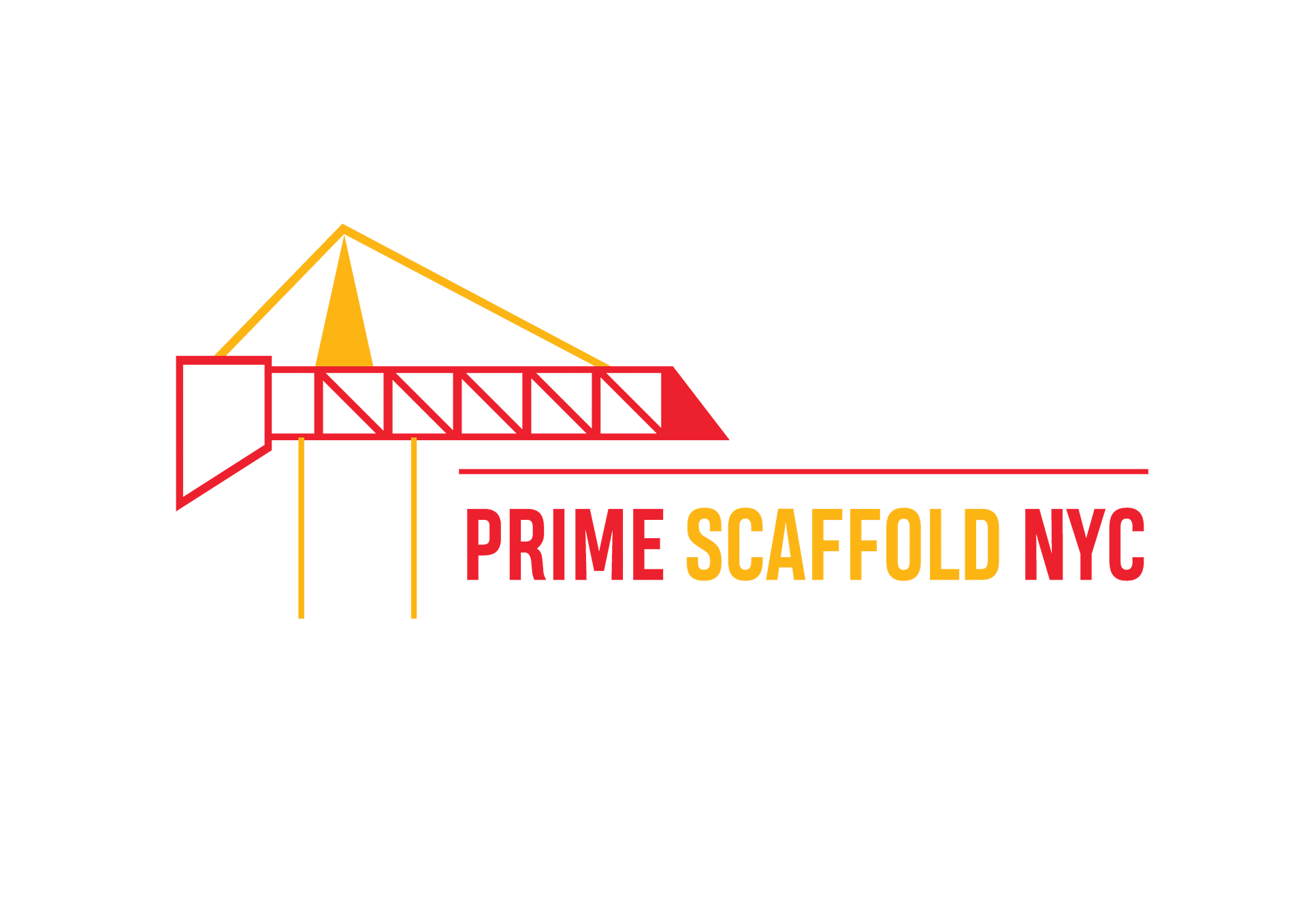
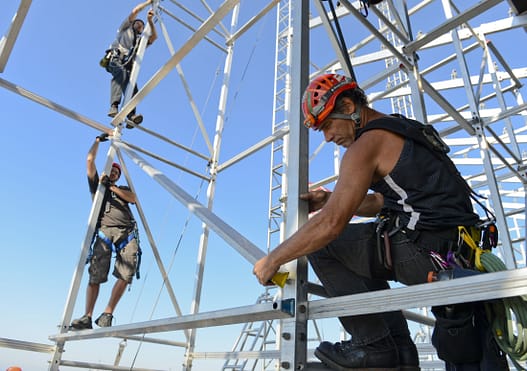

Leave a Reply